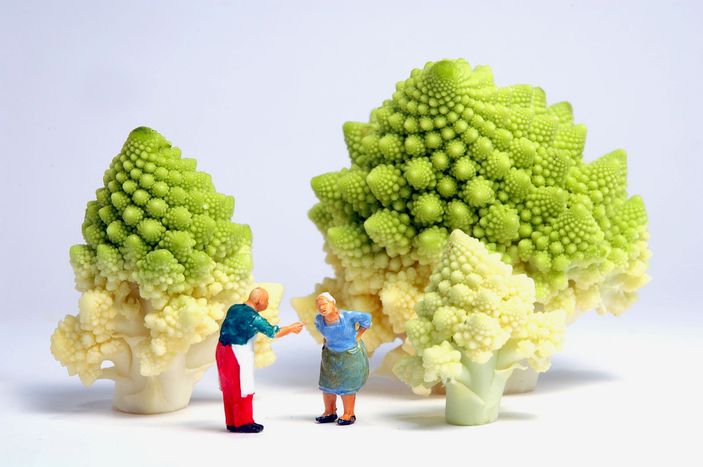
Who gives a cabbage?
Published on
Translation by:
 mary maistrello
mary maistrello
Cabbage is the prince of warming winter dishes. It's the main ingredient of choucroute, Milanese cassœula (stew), German sauerkraut and Polish bigos, chomped down with pork, sausages and/ or potatoes. Plus a cassœula recipe for six
As a truly European food because of its spread throughout the continent, cabbage mirrors local ways and customs via its countless variants, and is also an expression of the different regions – there are over one-hundred and fifty varieties growing in Europe.
A versatile dish for a world in continual ferment, the typical choucroute of French Alsace and the German sauerkraut both use spring cabbage. This grows in the summer and undergoes a period of fermentation which can last from three to eight weeks. The result is what is called kraut, the cabbage with that typically slightly sour taste so beloved of northern European palates.
For the Italian cassœula, the cooking method ensures a delicate and sweet-tasting dish. Savoy cabbage is used, which grows in winter and must be harvested after the first frosts. It needs to be placed in boiling water whilst it is still cold, together with lesser cuts of pork, which can vary according to tradition. In Como one does not use pig’s trotters, but the head of the pig. In Pavia you only use the ribs. In West Lombardy, on the border with Piedmont, it is prepared with goose flesh.
In the spicy Polish version, the bigos (which, funnily enough, means a 'confusing hotch-potch'), we find a mixture of kraut and fresh spring cabbage matched with loads of different meats such as pork, veal, sausage, bacon…not forgetting mushrooms, prunes and tomato concentrate.
Except for Poland, where it once was a rich person’s delicacy because of the high meat content, cabbage with cheap pork used to be a poor man’s dish and a complementary sustenance for farm workers: the cassœula and its European cousins are in fact a food high in calories, rich in salts and vitamin C. It was exactly because of the vitamin C content that kraut, even on its own, was welcomed aboard ship to protect sailors from scurvy.
Cassœula & co are today rich dishes which can be enhanced with a glass of good white wine and with first-rate meats. A very modern variant is nudging the door in some French restaurants: fish choucroute, whilst adherents to light foods are going crazy for sauerkrautsaft - sauerkraut juice - which is enjoying huge success because of its reputation as a dietetic and diuretic. Not bad, hey?
Cassœula from Solferino (for 6 people)
600 g fresh pork ribs, cut into small pieces (around 4 per person)
500 g fresh pork sausage (about one each)
1 savoy cabbage weighing 1kg, preferably harvested before the first frosts
500 g potatoes
pepper to taste
4 litres of salted water
After washing the cabbage well, cut it into fine strips and add to a pan of boiling salted water
Add the chopped potatoes
In another pan, place the ribs and the skinless sausages cut in half in boiling salted water
Boil for 15 minutes to eliminate some of the saturated fats, then remove and add to the cabbage and potatoes and boil on moderate heat for at least two and a half hours
The cassœula should be served hot, preferably in terracotta bowls, topped with some pepper and accompanied by toasted bread crusts
Bon appetit!
Translated from Altro che piatti del cavolo


